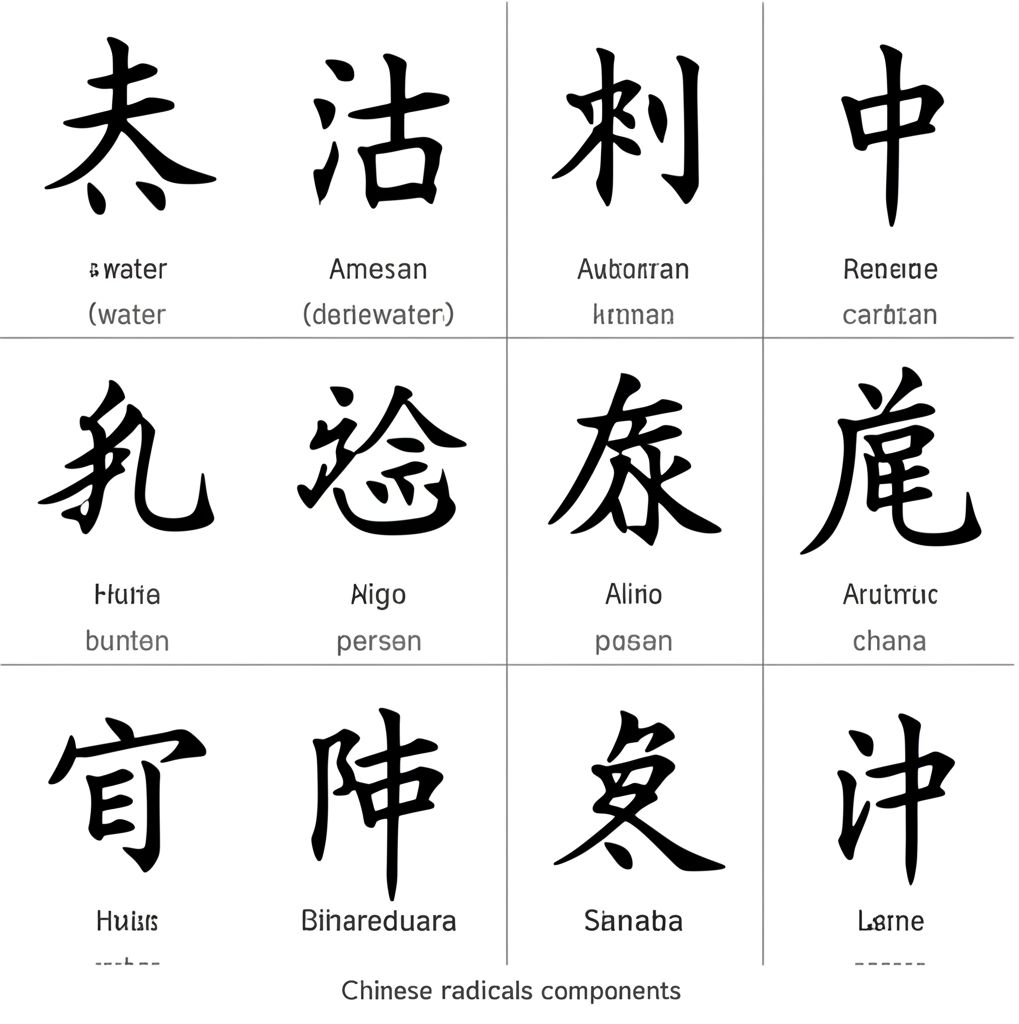Understanding Chinese Radicals: The Key to Character Recognition
Unlock the secret to reading Chinese characters by mastering radicals - the fundamental building blocks of the Chinese writing system.

Chinese radicals are like the DNA of characters - they provide clues about meaning and pronunciation while serving as the organizational system for dictionaries.
What Are Radicals?
Radicals (部首, bùshǒu) are the basic components that appear in multiple characters. There are 214 traditional radicals, though modern dictionaries often use a simplified system.
Semantic Radicals
Many radicals provide hints about a character's meaning. For example:
- 氵(water radical) appears in 河 (river), 海 (sea), 湖 (lake)
- 木 (wood radical) appears in 树 (tree), 林 (forest), 森 (dense forest)
- 心 (heart radical) appears in 想 (think), 爱 (love), 怕 (fear)
Phonetic Components
Some character components provide pronunciation clues, though these are less reliable due to language evolution over time.
Learning Strategy
Start with the most common radicals and learn to recognize them in different positions within characters. This foundation will dramatically improve your character recognition skills.